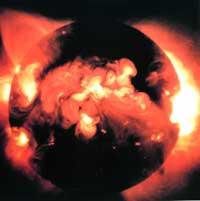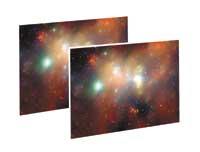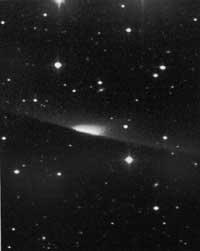Does the Big Bang theory not explain everything?
2001/04/11 Roa Zubia, Guillermo - Elhuyar Zientzia
About 15,000 million years ago all the matter of the universe was concentrated at one point. Then there was a big explosion and, through curious processes, the situation that we know today arose. But perhaps there was something more before that explosion.
The Big Bang theory was developed by observing the galaxies. According to data taken by astronomer Edwin Hubble, each galaxy is constantly moving away from the others. The only way to explain it was the explosion that occurred at a given time.
It is undoubtedly the most accepted theory of cosmology. But it is not the only one. During these days, the University of Cambridge and the Space Telescope Science Istituto of the United States are studying a hypothesis to expand this theory. Was there anything before the explosion? Perhaps yes.
Theory of Threads

The theory of wires in cosmology has gained strength in recent years. According to this theory, the model of simple components of the universe can be created from threads in vibration. Now cosmologists have expanded and completed this theory, the theory M.
This theory slightly alters the theory of the Big Bang, since it admits that the universe was not created from a point located at 10,000 million degrees. The origin, however, must be sought in a universe of anonic dimensions. According to the new theory, the universe is of five dimensions and before a large explosion occurred it was divided into two four-dimensional plates. One is our universe and another parallel to ours and we cannot see. Subsequently, the explosion occurred and the current situation developed to the totality.
This theory is in development. Time and space to understand perfectly should also be better understood, because it is the basis of physics (and cosmology).

Gai honi buruzko eduki gehiago
Elhuyarrek garatutako teknologia






